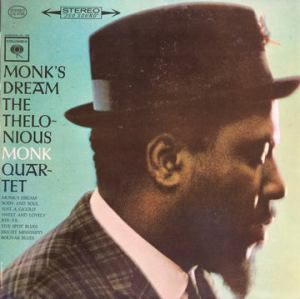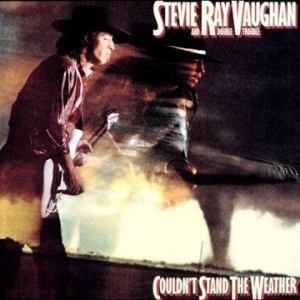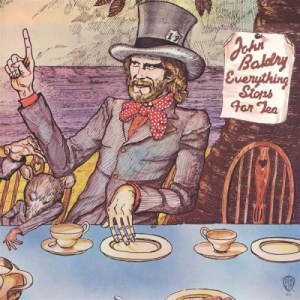
More of the Music of Billie Holiday
Hot Stamper Pressings of Pop and Jazz Vocal Albums
It’s been quite a while since I played the Classic Records pressing that came out in 1998, but I remember it as nothing special, tonally correct but with somewhat low-rez (not breathy) vocals and lacking in both space and warmth.
Records made for audiophiles are rarely any good, so rarely in fact that we are positively shocked when such records are even halfway decent. After playing so many bad audiophile records for so many years it’s practically a truism here at Better Records.
A recording like this is the perfect example of why we pay no attention whatsoever to the bona fides of the disc, but instead make our judgments strictly on the merits of the record spinning on the table. The listener normally does not even know the label of the pressing he is reviewing. It could be a Six Eye original, the 360 reissue, or even a (gasp!) ’70s-era LP.
We don’t care what the label is. What does that have to do with anything? We’re looking for the best sound. We don’t play labels, we play unique pressings of the album. We assume that every pressing sounds different from every other pressing. Our job is to figure out what each of them is doing, right or wrong.
We mix up all our copies and play them one after another until we come across the best sounding one.
This approach has opened up a world of sound that most audiophiles — at least the ones who buy into the hype associated with the typical audiophile pressing — will never be able to experience.

 Hot Stamper Pressings of Recordings Engineered by Rudy Van Gelder
Hot Stamper Pressings of Recordings Engineered by Rudy Van Gelder







